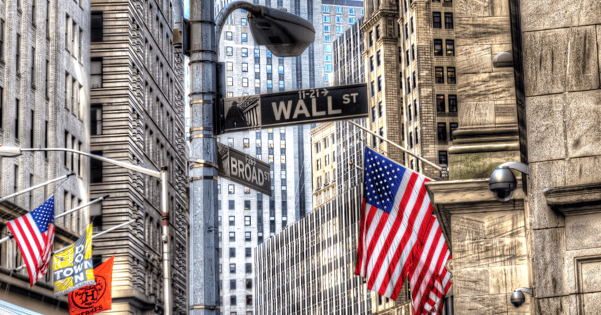We are seeing a rough April for Wall Street as the S&P 500 slides for three straight weeks. Now, investors will grapple with a loaded slate of earnings reports and key inflation data.
Rising interest rates and persistently high inflation have weighed on stocks, creating concerns about an economic slowdown. The coming days will bring fresh looks at some of the world’s biggest companies and economic growth.
U.S. stocks are heading to a big sell-off amid a four-week losing streak for the Dow Jones Industrial Average as investors weighed the likelihood of rising interest rates. Wall Street is also bracing for a stacked week of earnings, including reports from major tech companies like Amazon and Apple.
All the major averages closed lower last week, with the Dow falling 1.9% for the week, its fourth straight weekly decline. The S&P 500 and the Nasdaq dropped 2.8% and 3.8% for the week respectively, posting their third straight weekly declines.
There have been severe damages in many areas of the market, while money rotated into perceived ‘defensives’ like Utilities, Staples, Pharma, and even mega-cap growth. Those areas, despite their strong momentum, are now unwinding lower.
Federal Reserve Chairman, Jerome Powell, is shifting monetary tightening into a higher gear. His goal sounds straightforward, lifting interest rates to neutral, a setting that neither spurs nor slows growth.
At their meeting next week, officials are set to approve plans to shrink their $9 trillion asset portfolio and to raise their benchmark rate by a half percentage point. They are poised to follow with another half-point in June.
Before the 2008 financial crisis, the nominal neutral rate was widely estimated to be near 4%. Over the subsequent decade, Fed officials lowered their estimate of neutral to between 2% and 3% because they thought the real neutral rate needed to keep both growth and inflation stable had dropped.
Officials still think the real neutral rate is low. The question is whether inflation will end up higher than 2%, which would mean a higher nominal neutral rate. If inflation settles out closer to 3%, for example, the nominal neutral rate would be closer to 3.5% than 2.5%, and the Fed might need to raise rates to 4% to slow the economy down.
At present, most think neutral is around 2.25% or 2.5% and rates should get there this year, at which point they can see how the economy responds. Some want to go faster, pushing rates into restrictive territory this year. Others are open to that possibility in 2023.
Fullerton Markets Research Team
Your Committed Trading Partner














